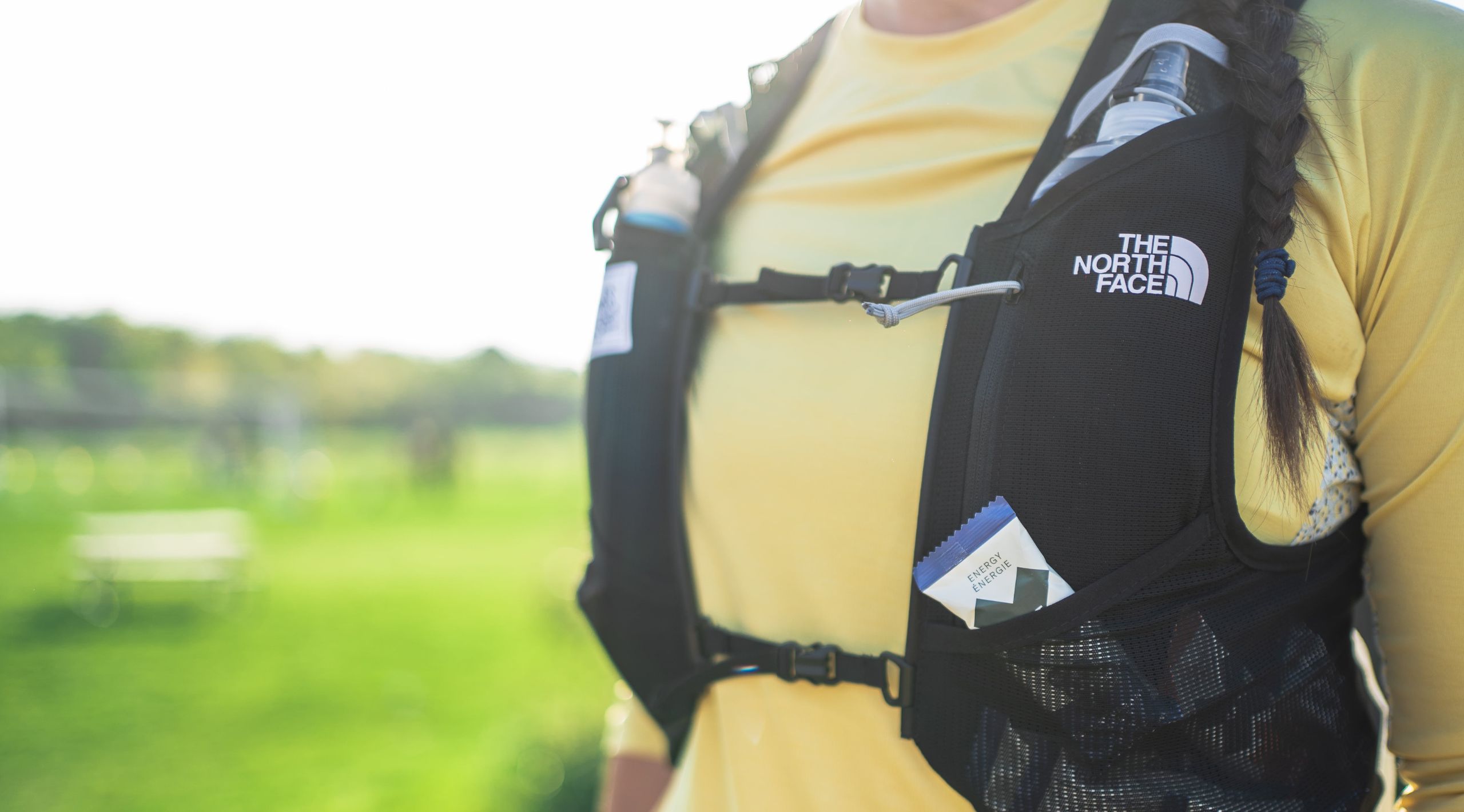

Water pouches and bottles follow us into all outdoor sports. However, the taste of the precious liquid can often be altered: plastic, electrolyte residues, residual water, lark! We've come up with the answer to a question frequently asked during our activities: how do you care for your water bottles and pouches?
The recommendation is to wash your hydration equipment every time you use it. It's important not just to rinse it, but to use a mild soap like The Unscented Company's, especially if you're adding electrolytes or any other product to your water. This action blocks the growth of bacteria which, yes, can proliferate even if the contents of your equipment are just water.

It's important to clean new equipment to dislodge any dust that may have accumulated while it was resting on the shelves. In addition, proper cleaning reduces the plastic taste that can be present in bottles, pouches and flasks. This taste can be difficult to dislodge, however, and may take a few uses and cleanings.
The ideal solution is to purchase a cleaning kit for water pockets, bottles and flasks. These are readily available from our partners MEC and Oberson. The set usually includes various brushes for deep, precise cleaning. As for cleaning products, mild dishwashing soap and white vinegar are good options.
For easy cleaning, Bottle Right tablets, available from MEC, work in 20 minutes when mixed with lukewarm water in the bottle. They are therefore highly effective for the container itself, but not for other parts, such as the cap, straw and cap liner.

No matter what material the bottle is made from, bacteria can grow and leave your bottles tasting and smelling bad. To clean them:
Alternatively, soak bottles for a few hours in equal parts water and white vinegar. Then rinse thoroughly.
Flasks are usually found in hydration vests for running. Flanges often have a plastic taste, so it's essential to clean them well.
Alternatively, soak the flanges for a few hours in a container of equal parts water and white vinegar. Then rinse thoroughly.
Hydration bags can be cleaned following the same steps as bottles and flasks. They can also be soaked in water and white vinegar. It's also very important to clean straws, as water residues often remain lodged in them, which can lead to mildew. A straw brush is ideal for cleaning. The tip of the straw should also be washed. The sheath can be removed for this purpose.
No matter what sport you play, no matter what hydration equipment you use, they're bound to need cleaning. You'll ensure a longer life for your bottles and, above all, bacteria-free water every time you go out!
